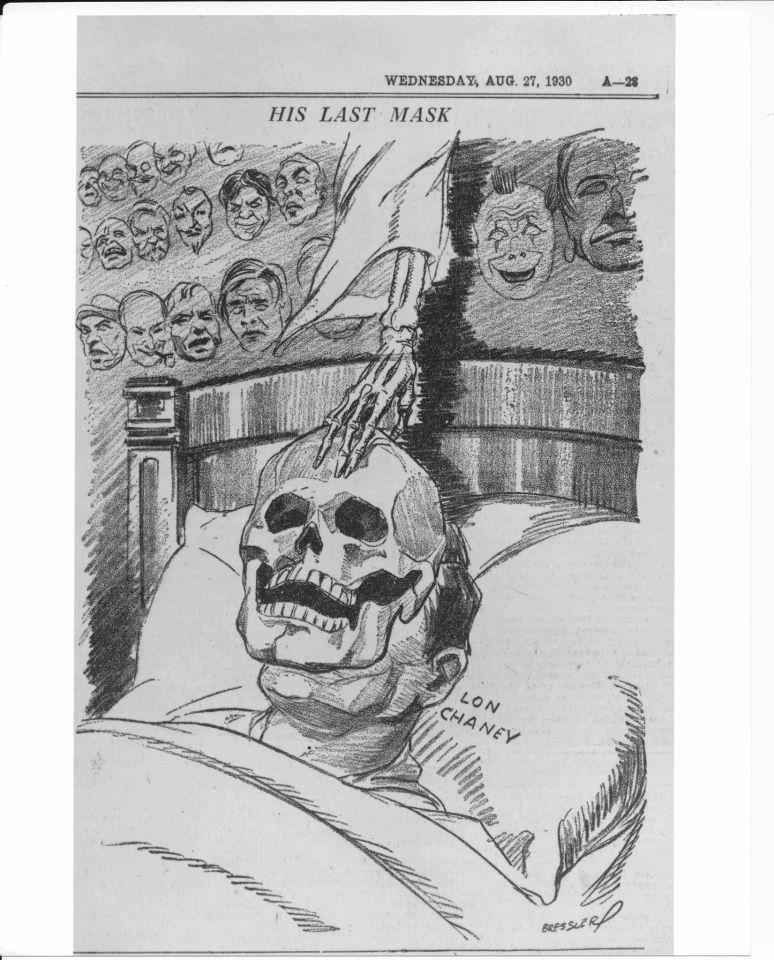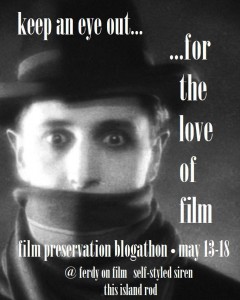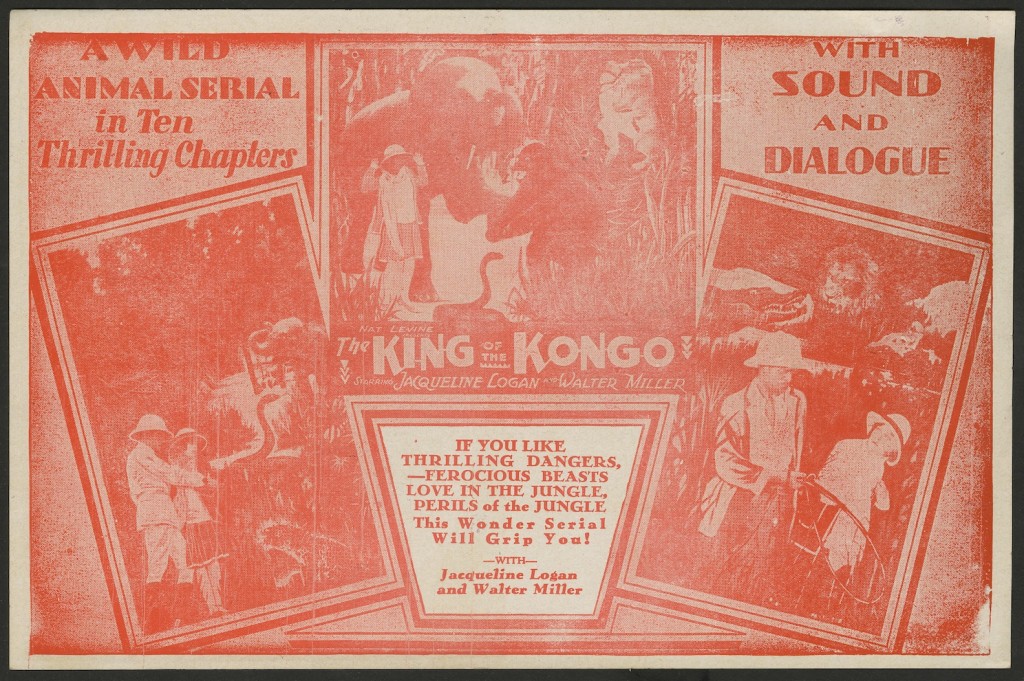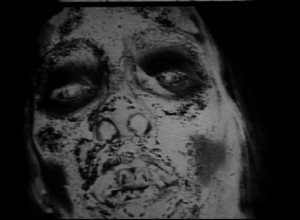This has been beaten to death in “the media” (whatever that means). I don’t want to have a political discussion or a political rant about gun rights or letting psychos loose or anything like that. I mean no disrespect to the people who lost lives, property, limbs, or well-being. What happened in Colorado was horrible, and I want to make that clear.
However, this is a movie blog, and this happened at the movies. The whole incident reminds me of just how much we’ve lost as a society in so many ways.
The screening of The Dark Knight Rises was a community event. We have so few of those today. It was an event that people wanted to attend, that people wanted to share. It was the opening of a movie people were eagerly awaiting, and they lined up to see it.
That kind of thing is going away. When I was a kid, there were lines around the block to see Star Wars. Before that, you’d stand in line to see Gone With the Wind or The Sound of Music. The opening night of a James Bond film, every two years or so, was a big event. Even the Star Trek films were a big deal. Now, not so much.
Our whole culture has become depersonalized and cold, in a way that seems like a bad Stanley Kubrick film. Movies are not for big screens but for iPhones. Want to eat in a restaurant? Well, you can go to the fast food giant and they can pump you full of calories for pennies, and you can do it all from the privacy of your car, never seeing anyone, never talking to anyone else, never sharing the experience. Don’t take the bus, take your car. Kids don’t even play outside anymore. They stay inside and play video games. It seems that we can live our entire lives without sharing anything with another living person.
Is it any wonder that Facebook has become so popular? As the whole world has become so depersonalized, Facebook is personal. You can pick your friends, build communities, and share things. Like it or not, people are biologically attuned to this sort of thing. We need it, but we’re not getting much of it these days.
That’s why, even though I’ve not seen a single one of the Christopher Nolan Batman series, I welcomed this phenomenon. People gathering in one place at one time to share a moment in the cinema! Cool!
And now this happens. Beyond the grim statistics and horrible outcomes, it says a lot about what the cinema has become, not a bit of it good.
It seems that Holmes left the back door open and came back to the premiere unobstructed. Where were the ushers? We don’t have them anymore. What was the emergency evacuation plan? We don’t have them anymore. Where was the projectionist? Long since fired, replaced by automation. The only people manning the theater were zit-faced teenagers at the popcorn stand, none of whom had any idea what to do. OK, more staff may not have solved the problem, but it certainly could have helped.
This was a big premiere. A multiplicity of social issues were involved. There were children, even some newborns, in the audience. Why? Why would a parent take a pre-teen to a violent movie like this? In an age of helicopter parents who over-control every aspect of the lives of children, how is this OK? How is it that we can’t see Bugs Bunny on network TV anymore, because that’s too violent, but you take those same kids to see Batman blow people away on the big screen?
In the old days, in the 40s or 50s, it would have been harder for this massacre to happen. There’s nothing new about midnight showings, and there’s nothing new about sold-out openings. Those have been going on for years.
What’s different is that in the old days there was always a theater manager present, and each screen had an usher, or multiple ushers. Someone had the responsibility to check the exits and to warn management if people got unruly. The usher would throw you out if you were obnoxious. What a refreshing idea! In the wake of many theater fires, there was a plan (required by law) to evacuate people in the case of an emergency. The ushers were trained in how to do this.
A lot of theaters even had a kiddie movie run simultaneously with the “adult movie” so that the parents could drop off the kids safely. Other theaters actually had rooms for parents with small children, glassed off from the main house, so that they could watch the movie but not have loud children disrupt the experience for everyone else.
We solved all these problems by firing all of the ushers and relaxing all the rules. Today, people can act up in a theater, can call on their cell phones endlessly, and there are no consequences. It’s had a big impact, too: most people don’t want to go to a movie theater anymore, because it’s not as fun as it used to be.
It’s easy to blame the theater owners or Hollywood itself for this problem, but that would be unfair. As movie theater attendance dwindled due to TV, Hollywood reacted by making bigger, more spectacular movies. TV couldn’t compete in spectacle. In making bigger movies, they needed to recover more money, so they charged the theaters more for them.
Since the Supreme Court had decreed that movie studios could not own theater chains, Hollywood and the owners had to vie for tight funds. The theater owners reacted in the only ways they could. They fired the ushers, laid off excess projectionists, hired teenagers at minimum wage, fudged on equipment, skimped on theater cleaning, etc.
Patrons noticed the changes and reacted by going to fewer movies. And Hollywood and the theater owners reacted by tightening even more. It’s gotten worse and worse. Many theaters are to the point that they are actually unpleasant to attend, and the whole presentation is slipshod at best. Fifty years ago, attending a movie was a spectacular event. Today, seeing a movie means going to a depersonalized box theater. We’ve gone from filet mignon to McDonald’s, but we are still charged for filet mignon. Is it any wonder people don’t go?
As fewer people attend movies in theaters, Hollywood has turned to a reliable demographic: teenage boys love to get out of the house, from under their parents’ thumbs, to see movies. All of the rest of the world has been conditioned to stay home.
Gee, today we have movies that are based on comic books, with no plots and too many explosions. Why is that?
And that leads me back to The Dark Knight Rises. An event, a community event, aimed, predictably, at fifteen-year-old boys. Still, it’s better than nothing, and I was for it, if for no other reason than it keeps alive a 100-year-old tradition of cinema.
My fear is that this will erode the theatrical experience even further. People will probably feel like sitting ducks in a movie house, perhaps with some justification.
How do we fix it? We remember some things:
- People go to the movies for a good time. We have to give them one. That means that they have to behave well in groups. Americans are born for rugged individualism, and that should have some limits inside a theater: no loud talking, no cell phones, no throwing things, etc.
- We have to have one or two trained theater employees at each screening to enforce behavior rules and help in case of emergencies. Having someone there who has a clue about what to do in an emergency makes people feel safer.
- If we fixed #1 and #2, then more people who aren’t necessarily 15-year-old boys might come back to the cinemas. We should make movies for them, too. Did you notice that Midnight in Paris made $100 million on a small budget? There wasn’t an explosion in it. Food for thought, guys.
I find that more and more movies are made for a smaller and smaller audience paying less and less money for each one. That means that all of cinema is becoming YouTube. YouTube is great, but it’s not for Lawrence of Arabia, or even The Match King. It’s great for cat videos, and promos, and your nephew Louie’s new shaky-cam epic, shot in the back yard.
As I mourn for the victims of the shootings in Colorado, I fear one of the casualties may be cinema itself. I almost feel a responsibility to go see a movie just to vote with my dollars. As a wise man once said, “If the psychos scare you so much that you change your behavior and live in fear, not doing what you once did, then that’s how they win.”
Let’s not let Holmes win. There’s a reason that the Dr. Film pilot ends with these words: “Go out and see an old movie.” Movies were designed with an audience in mind, timed for an audience, and play best with them. Let’s all go see a movie (preferably an old one.)







